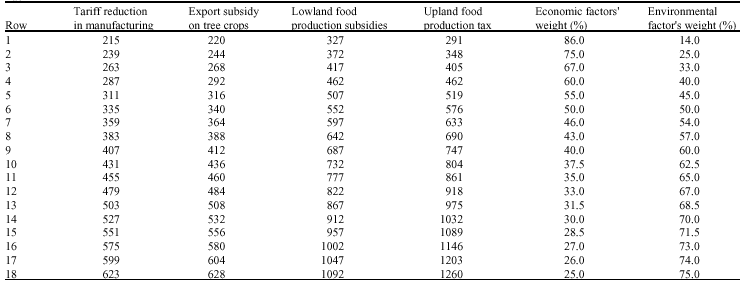Research Article
Macroeconomic Policies and the Best Environmental-Oriented Policy in Agricultural sector of Iran (Case of Soil Erosion)
Department of Agriculture Economics, Tehran University, Iran
M. Ghorbani
Department of Agriculture Economics, Ferdowsi University of Mashhad, Iran
M. Torshizi
Department of Agriculture Economics, Tehran University, Iran
N. Zargham
Department of Forest and Economics of Forest, Tehran University, Iran











